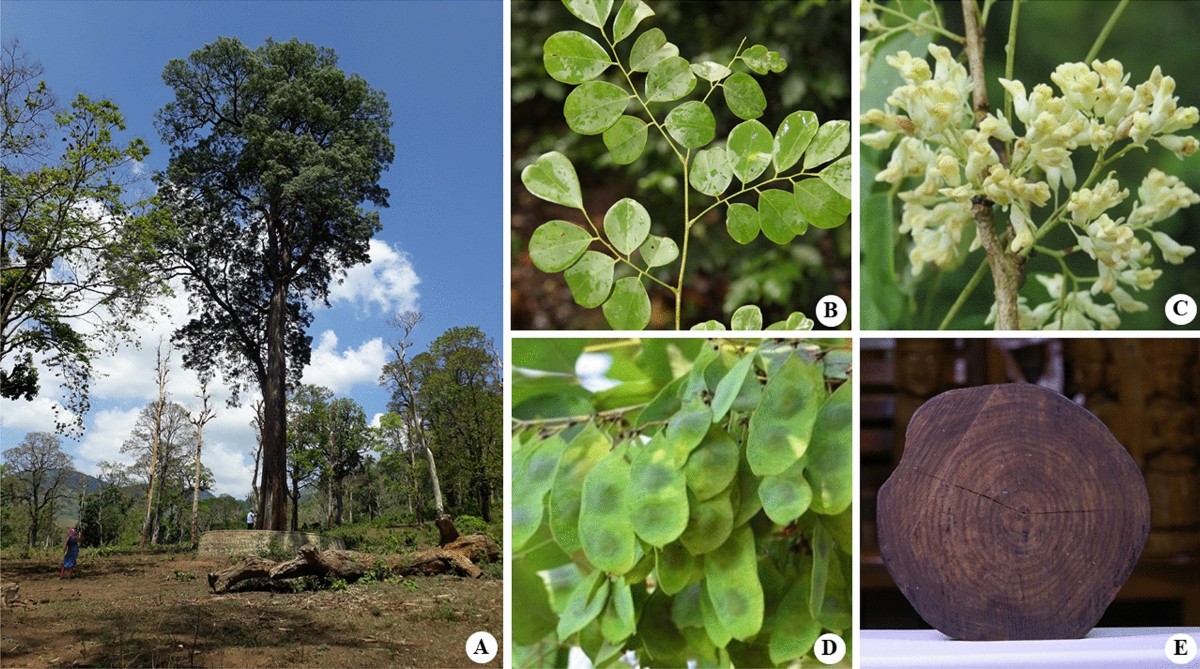Why in the News?
The Indian Rosewood (Dalbergia latifolia) species is under threat as Tamil Nadu allowed the lapse of the Rosewood Conservation Act (1995–2025).

About Indian Rosewood (Dalbergia latifolia):
- Type: Tall deciduous or semi-evergreen tree reaching up to 40 metres.
- Native Range: Nilgiris, Anamalai, and Parambikulam ranges of Tamil Nadu; also found in parts of Southeast Asia.
- Adaptation: Thrives in tropical monsoon climates; considered drought hardy.
- Wood Characteristics: Heartwood ranges from golden brown to purplish-brown with darker streaks, releasing a rose-like scent when worked.
- Durability: Fine-grained, resistant to rot and insects; known as the “ivory of the forests.”
- Uses: Premium furniture, cabinetry, decorative veneers, and musical instruments.
- Conservation Status:
- Classified as Vulnerable by IUCN since 2018.
- Included under Appendix II, regulating international trade through permits.
Legal Protection:
- Indian Framework: Covered under the Indian Forest Act, 1927, regulating felling, harvest, and transport of timber.
- Tamil Nadu Law (1995):
- Prohibited cutting without government permission; extended in 2010 for 15 years.
- Act lapsed in February 2025, exposing privately owned rosewood trees, especially in Nilgiri tea plantations, to felling.
| [UPSC 2007] Dalbergia species is associated with which one of the following?
Options: (a) Cashew nut (b) Coffee (c) Tea (d) Rosewood* |
Get an IAS/IPS ranker as your 1: 1 personal mentor for UPSC 2024

